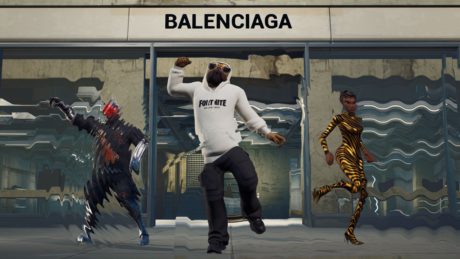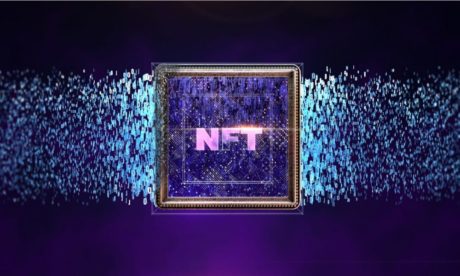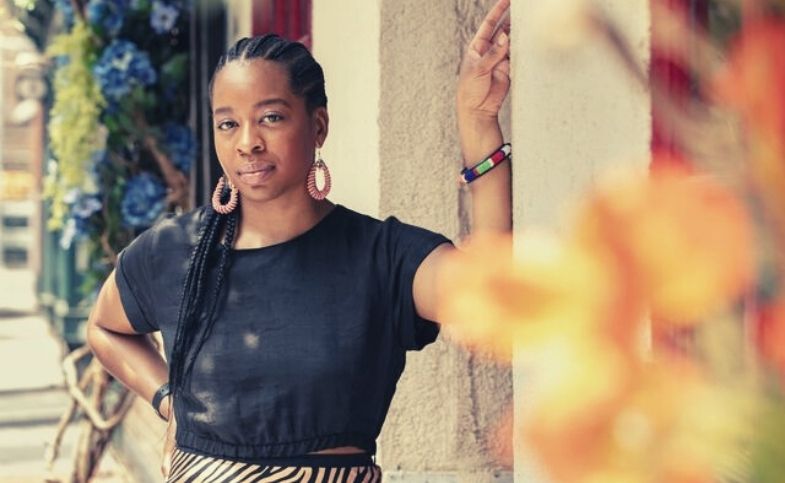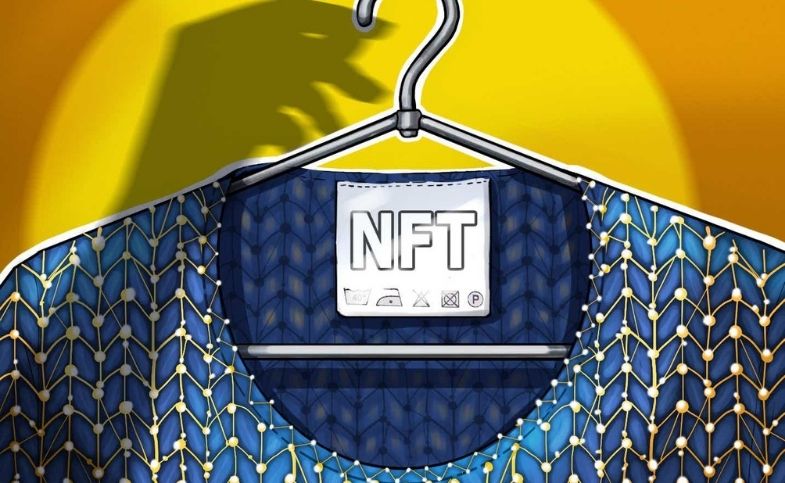The future generation of this online reality will be spread throughout multiple metaverses, each with its own set of traits and communities. But, how does it affect fashion brands and artists?
According to Gucci, it’s “just a matter of time” before major fashion firms go into non-fungible tokens (NFTs) and other parts of digital fashion, the brand of the moment. Many manufacturers incorporated NFTs and digital clothes into their collections as fashion month came to a close in October.
What is the Metaverse?
Facebook recently talked about its transition towards metaverse. Their groundbreaking announcement with their name changing to Meta is a significant rebrand that will direct the company’s focus towards the metaverse and all the other brands that will follow in the not-so-distant future.
But, what does metaverse really mean?
Metaverse combines multiple technology elements, including virtual and augmented reality and video, where users live within a digital universe. Supporters envision their users working, playing, and staying connected with friends through everything – from concerts, conferences, and in the fashion world – fashion shows.
The Metaverse In The Fashion Industry
The metaverse has become a costly playground for the fashion industry, with the world’s largest and most profitable luxury labels trying to gain a base in the metaverse. This may be seen in fashion designers like Denni Francisco’s greater use of virtual reality videos.
Francisco’s use of a digital medium to display her collection (which began as a means of avoiding lockdowns and travel prohibitions) is becoming a global trend. More prominent players, such as Toni Maticevski, are embracing augmented and virtual reality to take a more pragmatic approach, allowing fashion fans to try on several designs in virtual reality.
The metaverse has massive consequences for brands and independent fashion designers on a Web 3.0 internet. In addition to the metaverse, NFTs (non-fungible tokens) in a Web 3.0 metaverse experience can allow users to fully immerse themselves in the fashion industry’s artistic culture. All while maintaining genuine ownership of the fashion and luxury things they buy.
What Are NFTs and How Do They Affect the Fashion World?
Non-fungible tokens, or NFTs, are a unique string of characters that were first conceived in a small group of cryptocurrency enthusiasts but have now spread to the general public. They authenticate the uniqueness of design and artworks and are bought and sold using Ethereum and Bitcoin.
NFTs are the polar opposite of digital currencies, which are interchangeable or fungible. They can’t be replaced. Their one-of-a-kindness is what makes them so precious, especially to collectors.
NFT’s Fashion Adoption
NFTs are about to revolutionize the premium fashion industry. Both the luxury market and NFTs are built on the concept of scarcity. NFTs are all about collecting, just as the fashion and art worlds. NFTs now add a new level of exclusivity to digital designs and collections, as well as the ability to turn them into very valuable, elegant, and one-of-a-kind collector items.
When it comes to specific clothes, shoes and streetwear were some of the first to use NFTs. As we’ve mentioned, Gucci and other high-end fashion houses have already announced the debut of their own NFTs.
Spending actual money on virtual clothes was previously unthinkable. As millennials, Gen-Z, and generation alpha enter the luxury market, this perspective is increasingly shifting. Customers will be able to make and share photographs of themselves wearing 3D apparel soon.
5 Brands That Launched Into the Metaverse
We take a look at five brands that have made the leap and entered the metaverse through the digital door.
D&G: Digital NFTs are oozing with the brand’s characteristic opulence.

D&G has been accused of prejudice, primarily through social media posts, as reported earlier this month. The Genesis Collection, or Collezione Genesi, was the company’s first collection to incorporate non-fungible tokens (NFTs) that could be purchased and exchanged online.
When the auction ended at the end of September, it fetched around $5.65 million, but the sale was not announced until later. The event was held by UNXD, a luxury marketplace that runs on the Polygon platform, which makes it easier to develop and link blockchains.
NFT’s Rebecca Minkoff: A New York Fashion Week Renaissance
Rebecca Minkoff collaborated with digital marketplace The Dematerialised and Yahoo on 400 digital outfits to coincide with the brand’s “I Love New York” collection, which debuted at this season’s New York Fashion Week. They were auctioned off and sold out in 10 minutes on OpenSea, a peer-to-peer marketplace.
Balenciaga: The significant drop in Fortnite

The Balenciaga x Fortnite collaboration was a definitive foray into the immersive game that is Fortnite rather than an NFT collection. Online networks reign supreme there and digital clothing is presented as limited-edition drops, elevating the value of highly sought-after items.
Balenciaga isn’t a newcomer to the gaming world; its fall 2021 collection was shown in a closed gaming environment named “Afterworld: The Age of Tomorrow,” produced with Unreal Engine.
Charli Cohen: Creating a Pokemon shopping world with Selfridges
To commemorate the 25th anniversary of Pokemon, clothing line Charli Cohen collaborated with Selfridges, a British high-end department store, to create a digital shopping experience. The immersive digital shopping experience could be accessed through a phone or browser, and an in-store pop-up allowed customers to use augmented reality to move about the store and search for prizes.
Clinique: A beauty NFT as a prize for social engagement

Clinique debuted its first NFT with a social media campaign competition in late October, giving contestants the chance to win one of three NFTs inspired by its most popular products, Black Honey and Moisture Surge. It also gave customers early access to Black Honey Almost Lipstick (once it was restocked) and Clinique items shipped once a year for the next decade.
Speculations about Meta claims virtual reality will allow consumers to establish their own virtual chambers where they may store their unique NFT collections or fashion items.
With the NFT world currently dominating the virtual realm for fashion, we can confidently predict that the metaverse’s future is bright. It’ll only be a matter of time before our rapidly developing digital realm blooms into a planet unto itself.












